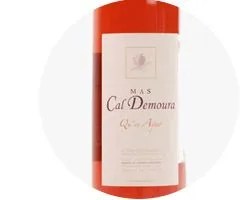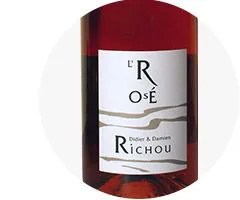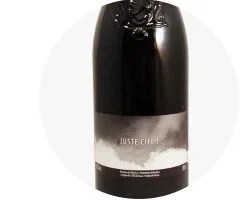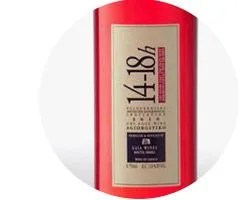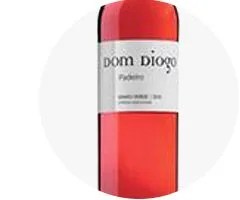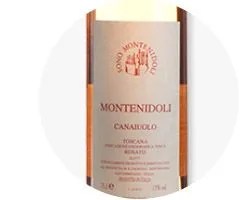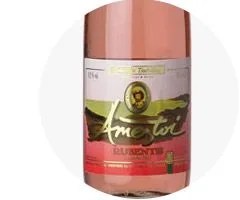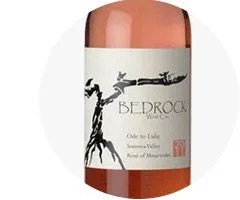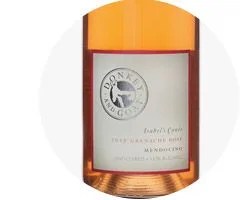Fill your glass, gentlemen: rosé season is upon us, and while we generally advocate for consumption of pink wine year round, the same warm weather that begs for draping oneself in white linen and opening too many shirt buttons demands the freshness of a crisp, vibrant rosé. Fortunately, the world of wine is finally in recovery from its post-traumatic-White-Zinfandel disorder, leaving breathing room for rosés that are some of the most versatile, dependable and flat-out desirable wines out there. In the spirit of good will and BBQ, we’ve put together a list of a few of our favorites along with some quick food pairing ideas.
What Rosé is…and isn’t

Rosé, also known as rosato and rosado, is pink wine that’s usually (but not always) made from red grape varietals. In the most common method of production, the grapes get crushed and vatted with the skins for a short time — when the juice gets its pink color — and then the skins are removed before it goes on to fermentation. Red wines are fermented with the skins. (For further reading and details about other rosé production methods, go here and here.) – Editors

MORE BEER, WINE & SPIRITS: The Five Best 12 Year Old Japanese Whiskies | A Visit to Highland Park Distillery | The 10 Best Russian Imperial Stouts
2012 Clos Cibonne ‘Cuvée Special des Vignettes’
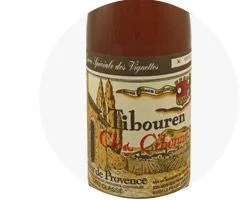
This wine is the real deal, plain and simple. Clos Cibonne has a history dating back to the early 1700s, and their Cuvée Special des Vignettes is crafted from the estate’s oldest vine holdings of a rare, native grape called Tibouren and matured in old oak foudres under fleurette. (Sherry lovers will recognize fleurette as the unique, protective yeast cap the Spanish call flor that biologically ages the wine and requires crazy-specific climactic conditions to occur.) The combined intensity of Tibouren’s expression and maturation under fleurette produces a deep, heady rosé with waxy notes of citrus oil, orange blossom and white spice. Sit alone with this for a few hours.

